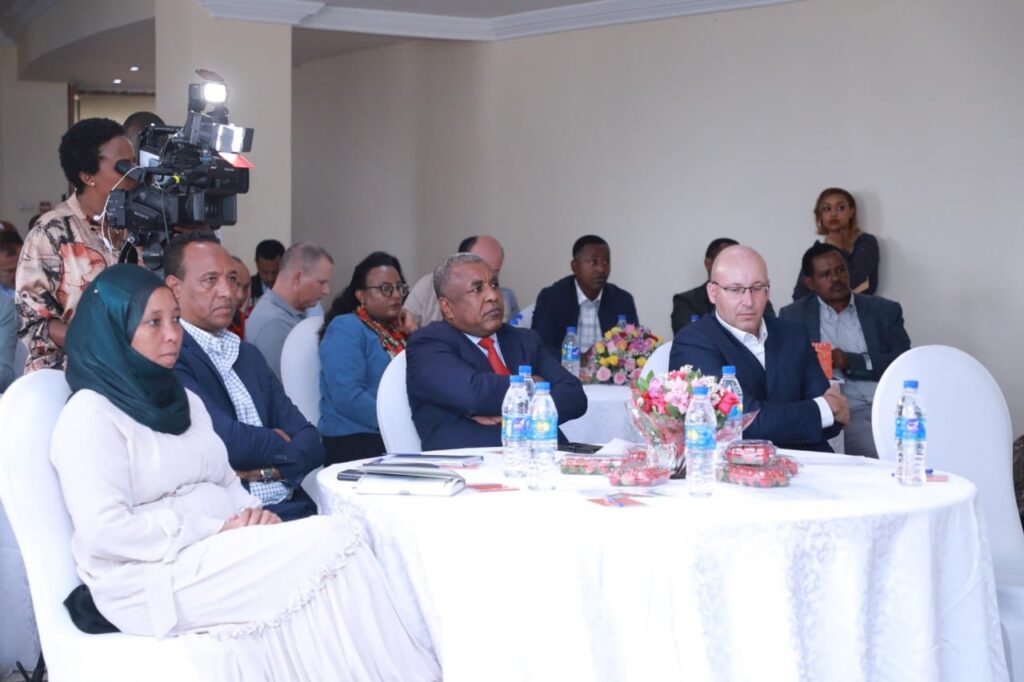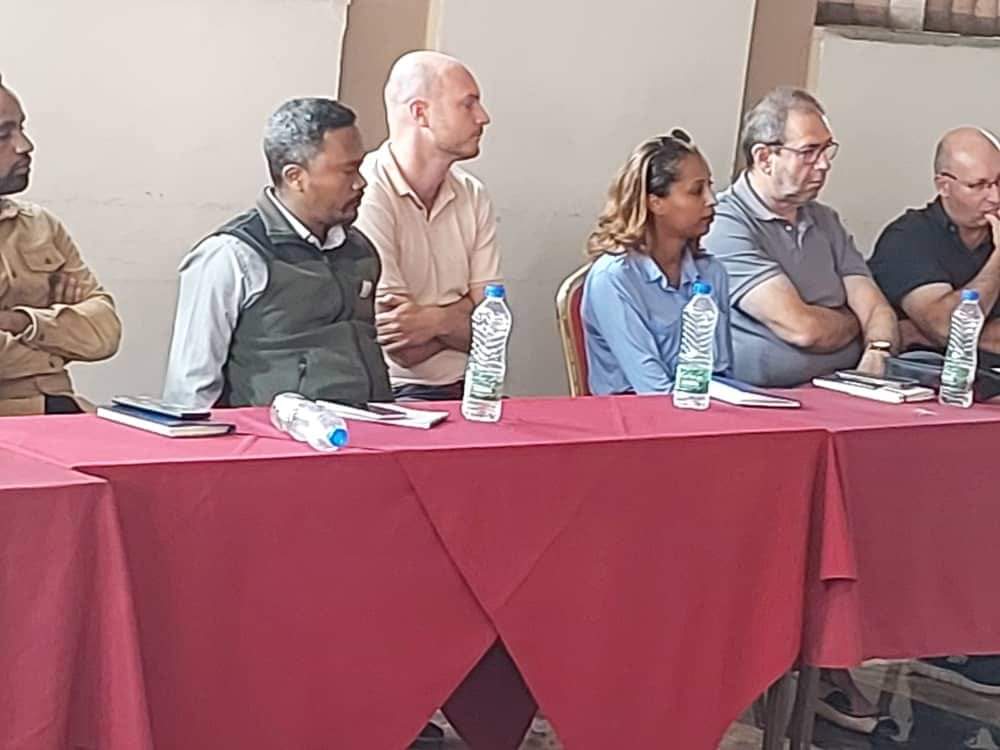A familiarization workshop on ‘Minimum Service Package for Adolescent Youth Health at workplace in Ethiopia” (MSP)’, held on November 16, 2023 at Best Western plus hotel Addis Ababa in collaboration with The Federal Ministry of Health and Ethiopian Horticulture Producer Exporters Association (EHPEA).
The implementation of MSP package will be critical in promoting the sexual and reproductive health and rights of the youth, especially young women, working and living in and around the horticulture industry.
On the workshop it was underscored that multi-sectoral collaboration is important in ensuring the health of adolescents and youth for them to contribute for the country development.
As the horticulture sector employed over 200 thousand people, the sector is among the priority intervention areas in ensuring that the youth working there benefit from, among others, sexual and reproductive health services.
On the workshop, higher expert on the development and implementation of the MSP from Ministry of Health Dr. Abebe Abadi presented on the contents expected outcome, purpose and the implementation process of the MSP for the participants and discussed at length.
Dr. Alemayehu Hunduma (PhD,MPH), FMoH, Head of Reproductive Health, Family Planning, Adolescent and Youth Health Desk, on his closing remarks, acknowledged the facilitation role of EHPEA and what the sector is doing to improve the workplace health agenda including SRH and GBV service and information initiative.
On behalf of his Ministry, he also extend the commitment and readiness to collaborate with the sector on addressing MSP implementation.























































